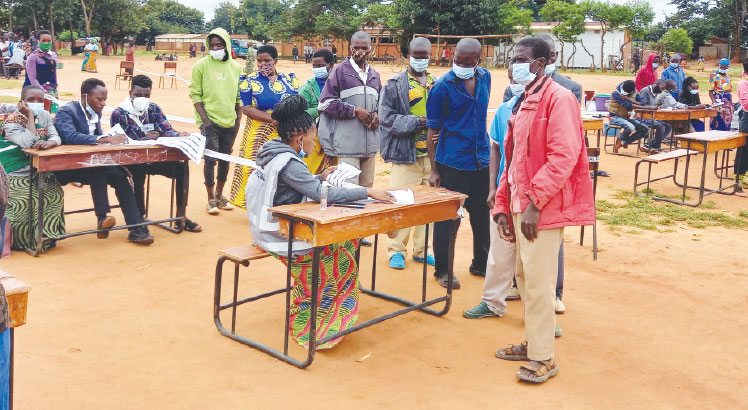Giving credit where it is due
Elsewhere this week I read that the number of students selected into the standalone universities following the unbundling from the University of Malawi (Unima) has increased. I was keen to see how the delinking which became effective on May 4, 2021 had performed such wonders. Well, I didn’t find anything creditable to the unbundling. It is not true. The delinked institutions, whose council members were only appointed 49 days ago, are yet to start showing results.
The story I read in the mainstream media said according to the 2021/22 public university selection list, National Council of Higher Education (Nche) has this year admitted 3 769 students into the three separate institutions. These are Kamuzu University of Health and Sciences (Kuhes), Malawi University of Business and Applied Sciences ((Mubas) and University of Malawi (Unima) formerly Chancellor College. The figure (3 769) was said to be an improvement from last year’s (2020/21) selection list when the three institutions operated under Unima.
In the 2020/21 academic year, Nche selected 3 633 students to all the four constituent colleges—Chancellor College, the Malawi Polytechnic and Kamuzu College of Nursing and College of Medicine.
To start with, I must confess Malawians expect a lot from the standalone institutions on matters of policy, procedures and planning, with an aim of increasing intake, improving research, raising the quality of education as well as improving infrastructural development of the entities. This is the heavy task that has been placed on the shoulders of the newly-appointed council members to be chaired by Dr George Patridge (Unima), Professor George Kanyama Phiri (Mubas) and Dr Francis Moto (Kuhes).
Specifically, it is the councils that make recommendations, among others, relating to the governance on selection, admission, retention and exclusion of students. Such recommendations are based on available resources such as the number of academic staff as well as number and size of lecture rooms, networks with other academic institutions abroad etc.
But the new council members were only appointed 49 days ago. Some of them may not even have received their appointment letters at the time Nche was making the selection. In short, it is most unlikely that the newly-appointed councils have done anything relating to their roles and responsibilities that could have improved or boosted intake in the new institutions.
The point to note is that whatever number of students that have been selected to the three new universities must have been determined by the available financial, physical and human resources in the respective institutions before the delinking. For any increase in the number of students selected to the standalone universities, credit should therefore go to the previous council which made those resources available.
In addition, it is erroneous to attribute the increase in the number of students selected to the universities based on figures for two intakes only. It is well and good that there is an increase of 133 students in the 2021/22 intake from the previous intake. But the critical question should be: what was the trend in selection in the previous years?
Although intake stagnated at 3 374 students in 2017/18, then 3 361 in 2018/19 and 3 327 in 2019/20, the number of students selected to university in 2020/21 shot to a record 3 633 in 2020/21. This is an increase of 307 students. So there is nothing special in the 2021/22 intake because the previous year’s intake was bigger. It is therefore dangerous and preposterous to imply to give credit to the delinking because the new university councils which are the main decision-making bodies at university level, were not even fully operational at the time Nche released the harmonised university selection list.
But let us agree; the new university councils have a gargantuan task of revamping, if not rebirthing,their institutions in line with the reasons that necessitated the unbundling of Unima. And this is not a one-year or two-year job. It will take years of good and concerted policy formulation, planning and implementation for the new universities to start showing real fruits of the unbundling.
For now, let us continue to give credit where it is due. This is to all the previous council members since Unima’s establishment that enabled the institution to grow into the colossus it became and that necessitated its chopping. Unima was unbundled because it was growing.



